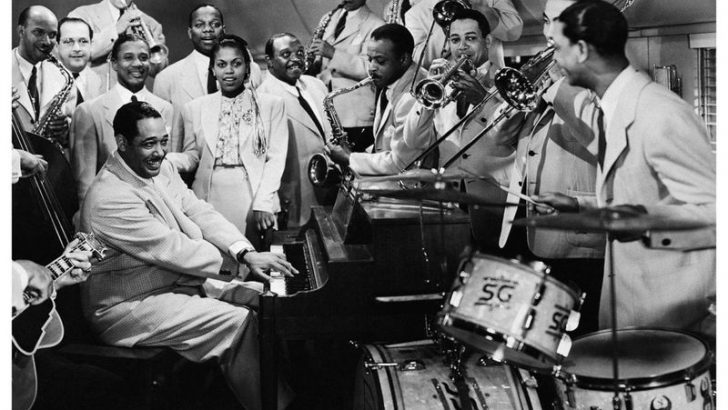The history of African-American music is a rich and profound chronicle that reflects the vibrant cultural tapestry of the United States. It encompasses a range of genres, periods, and influential figures, each contributing uniquely to the fabric of American music. From the rhythmic beats of jazz to the soulful sounds of blues, African-American music has shaped the global musical landscape and continues to be a source of inspiration, resilience, and creativity. Here’s a look at ten essential aspects that highlight the importance and evolution of African-American music throughout history.
1. The Birth of the Blues
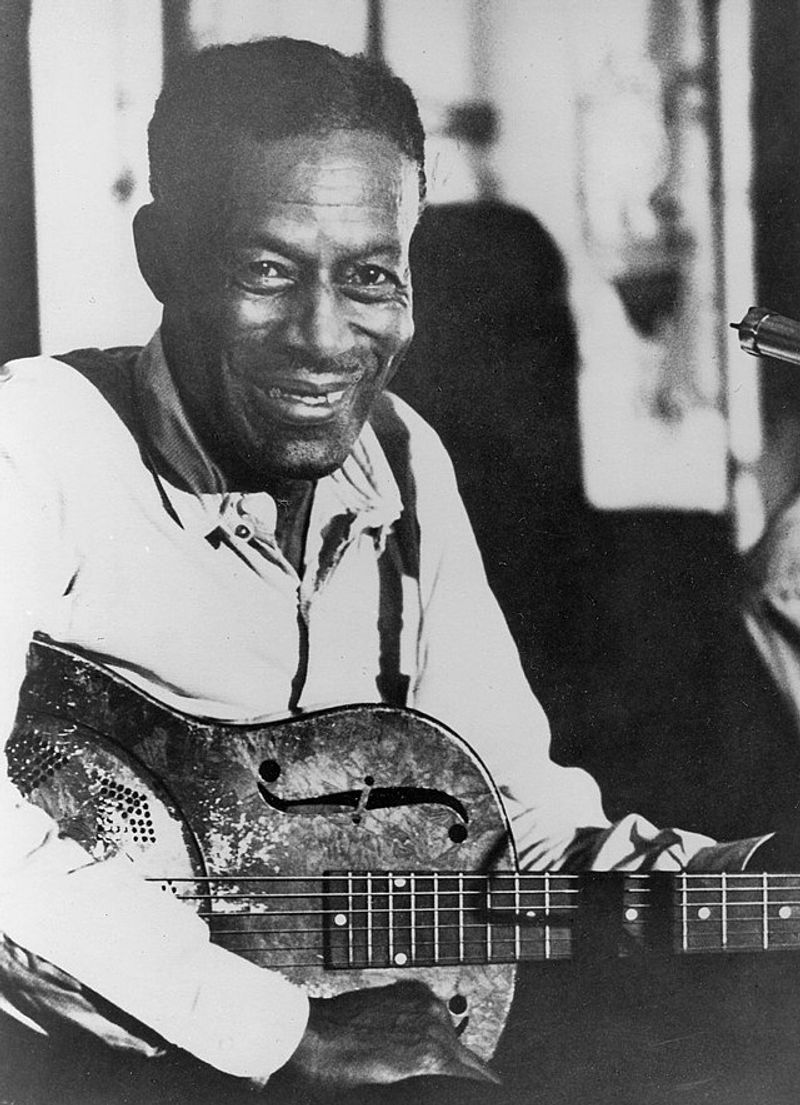
Emerging from the heart of the Mississippi Delta in the late 19th century, the blues is a genre that speaks to the soul. With roots deeply intertwined with African spirituals and work songs, the blues became an expression of personal and collective trials. Its twelve-bar structure and emotive lyrics have influenced countless artists across genres. Did you know? Many early blues musicians were self-taught, relying on their innate musicality to convey powerful stories of hardship and hope.
2. The Jazz Age
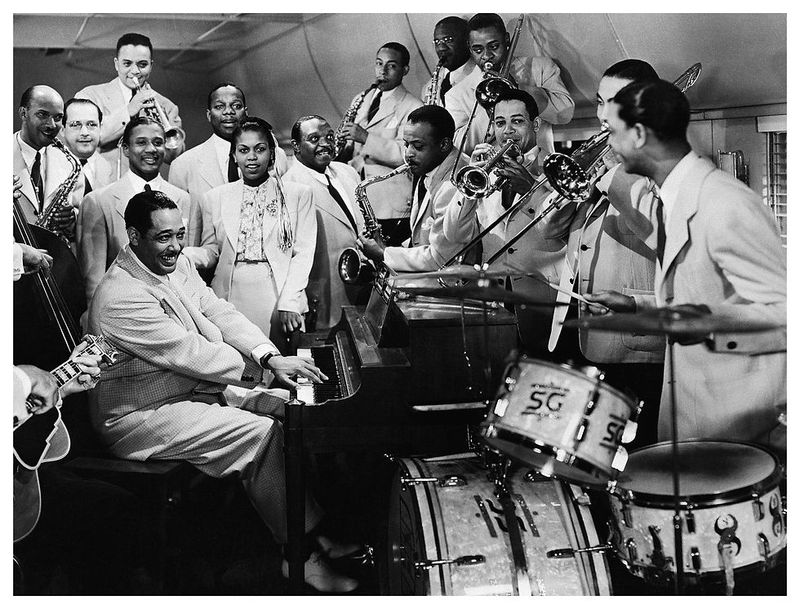
The Jazz Age of the 1920s was a period of exuberance and innovation, centered in Harlem, New York. Jazz, characterized by its syncopated rhythms and improvisational style, became a symbol of freedom and modernity. African-American musicians like Louis Armstrong and Duke Ellington were at the forefront, transforming the cultural landscape. This era not only shaped music but also influenced fashion and social norms. Jazz clubs became melting pots of creativity, breaking racial barriers and uniting people through a shared love for rhythm and melody.
3. Gospel Music’s Rise
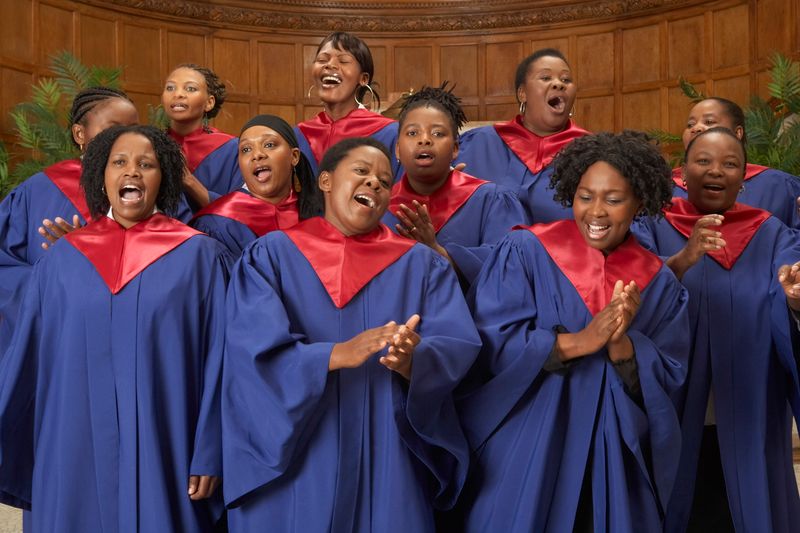
Gospel music emerged as a powerful spiritual expression within African-American communities in the early 20th century. Rooted in Christian hymns and spirituals, it is characterized by its uplifting messages and passionate delivery. Gospel choirs became vital in fostering community and resilience, especially during the civil rights movement. Did you know? Many gospel singers, like Aretha Franklin, began their careers in church choirs, bringing the emotional depth of gospel to mainstream audiences.
4. The Birth of Motown
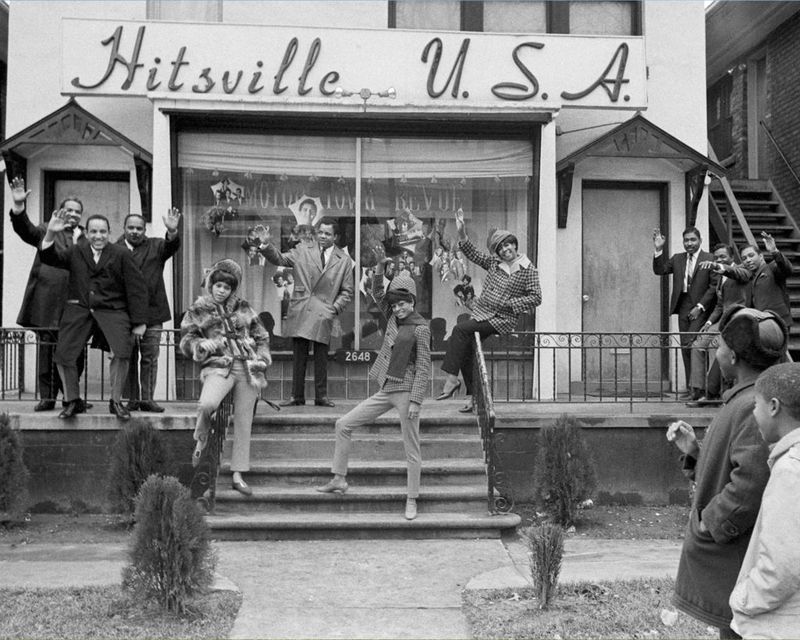
Motown Records, founded in Detroit in 1959 by Berry Gordy, revolutionized the music industry by producing hits that crossed racial boundaries. Known as the ‘Sound of Young America,’ Motown brought African-American artists like The Supremes and Marvin Gaye to the forefront. Its catchy melodies and polished performances captivated audiences worldwide. Motown’s influence extended beyond music, impacting fashion and social change, and fostering integration during a tumultuous time in American history.
5. Hip-Hop’s Emergence
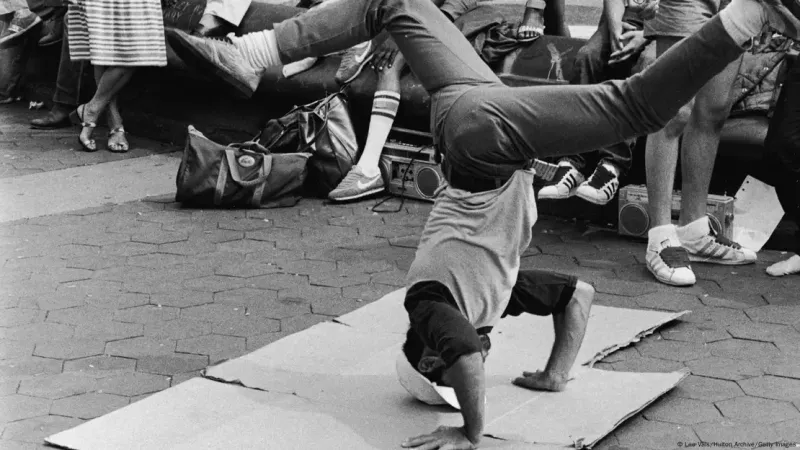
Born in the Bronx during the 1970s, hip-hop began as a cultural movement encompassing music, dance, and art. With its roots in African-American and Latino communities, hip-hop provided a voice for marginalized groups. DJs like Kool Herc and artists such as Grandmaster Flash laid the groundwork with innovative techniques and socially conscious lyrics. Today, hip-hop’s global influence is undeniable, shaping fashion, language, and even politics. It’s more than music; it’s a cultural revolution that continues to evolve.
6. The Influence of Spirituals
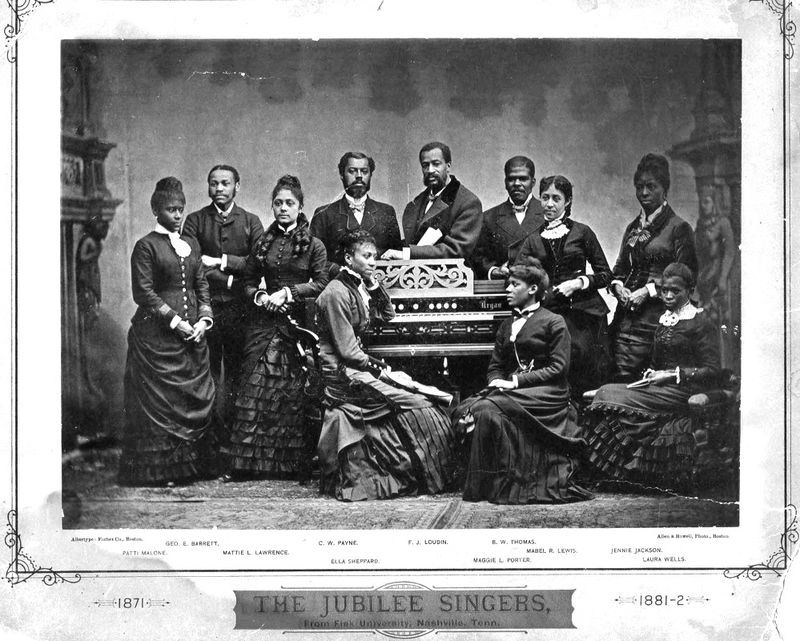
African-American spirituals, with their powerful narratives and soulful melodies, served as a beacon of hope and resistance. Emerging during the era of slavery, these songs were embedded with hidden messages of freedom. Spirituals not only influenced gospel and blues but also played a significant role in American history, notably during the Underground Railroad. Their enduring legacy is evident in the continued resonance of themes like perseverance and faith in modern music.
7. The Harlem Renaissance
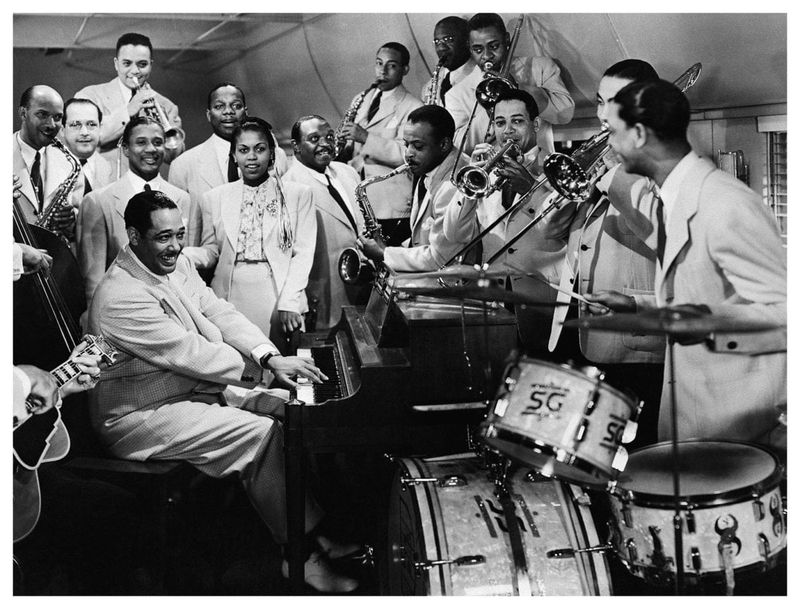
The Harlem Renaissance was a cultural explosion during the 1920s, centered in the vibrant neighborhood of Harlem, New York. This era saw a flourishing of African-American art, literature, and music, with jazz at its core. Artists like Langston Hughes and Zora Neale Hurston brought African-American experiences to the forefront, challenging stereotypes and celebrating black identity. The movement fostered a sense of pride and community, leaving an indelible mark on American culture.
8. The Impact of Rhythm and Blues
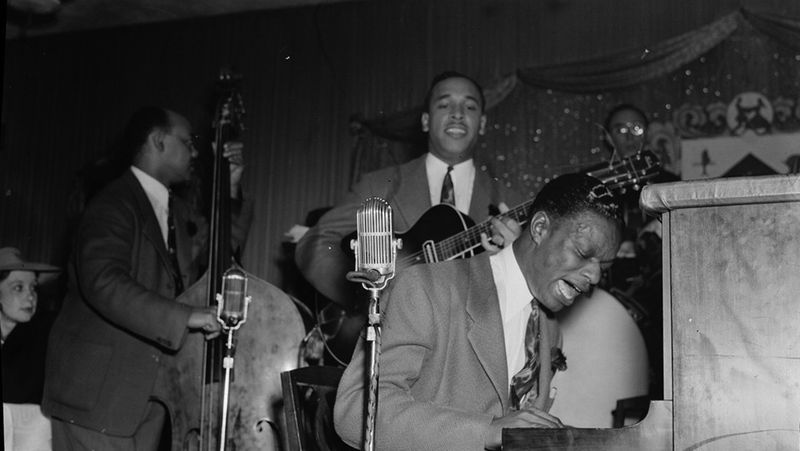
Emerging in the 1940s, rhythm and blues (R&B) blended blues, jazz, and gospel influences to create a sound that resonated with both black and white audiences. Pioneering artists like Ray Charles and Sam Cooke brought R&B into the mainstream, paving the way for future genres like rock ‘n’ roll. R&B’s emotive style and catchy rhythms continue to captivate listeners, maintaining its relevance in contemporary music scenes. Its ability to evolve while retaining its core essence is a testament to its enduring appeal.
9. Soul Music’s Golden Era
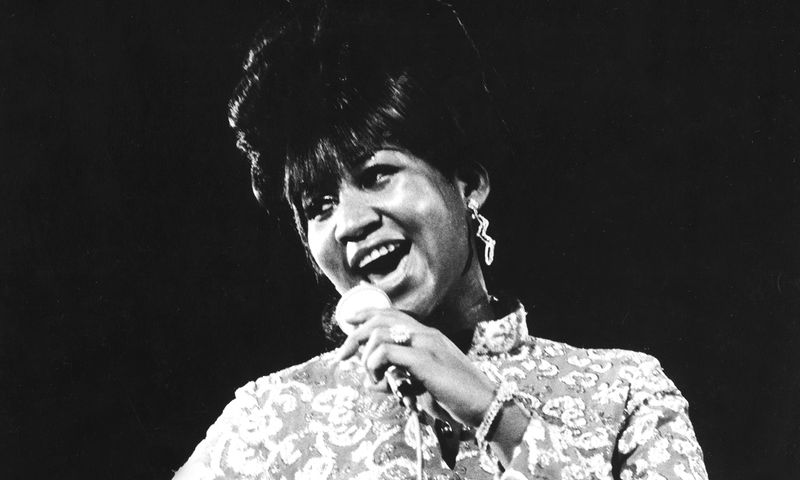
The 1960s was the golden era of soul music, characterized by its raw emotion and powerful vocals. Soul seamlessly blended gospel, jazz, and R&B, with artists like James Brown and Aretha Franklin leading the charge. This genre became a soundtrack for social change, echoing the sentiments of the civil rights movement. Soul music’s ability to convey deep emotion and connect with audiences on a personal level has ensured its place in the hearts of music lovers worldwide.
10. The Legacy of Funk
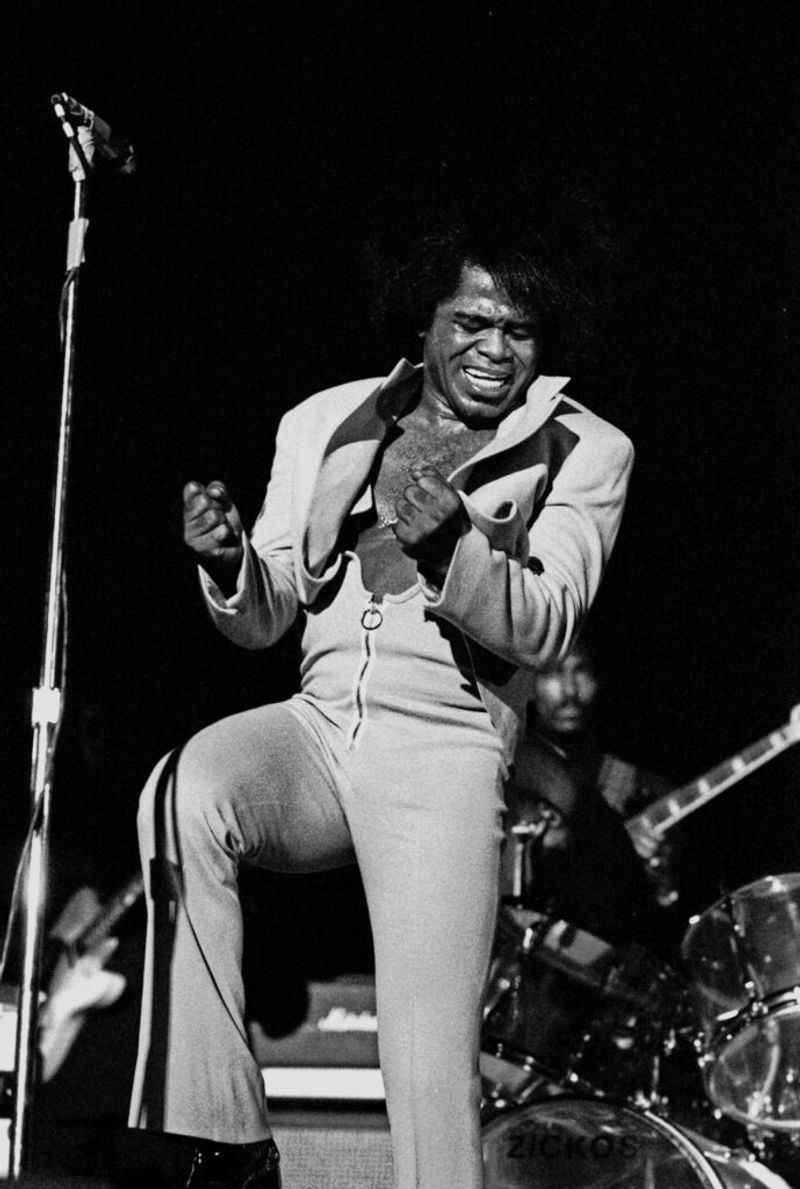
Funk, with its infectious grooves and danceable beats, emerged in the 1970s as a dynamic force in African-American music. Pioneers like George Clinton and James Brown infused funk with a sense of freedom and creativity, urging listeners to “get up and dance.” Funk’s emphasis on bass and rhythm has left a lasting impact on genres like hip-hop and electronic music. Its celebration of individuality and joy continues to inspire artists and audiences alike, making it a timeless part of musical history.
Hi all, I am Sidney, an accountant, a hobbyist photographer, and a mother to two sweet girls who are my motivation. I love sharing the tips and tricks I gained all these years I’ve been a mother. I hope it will help you!

